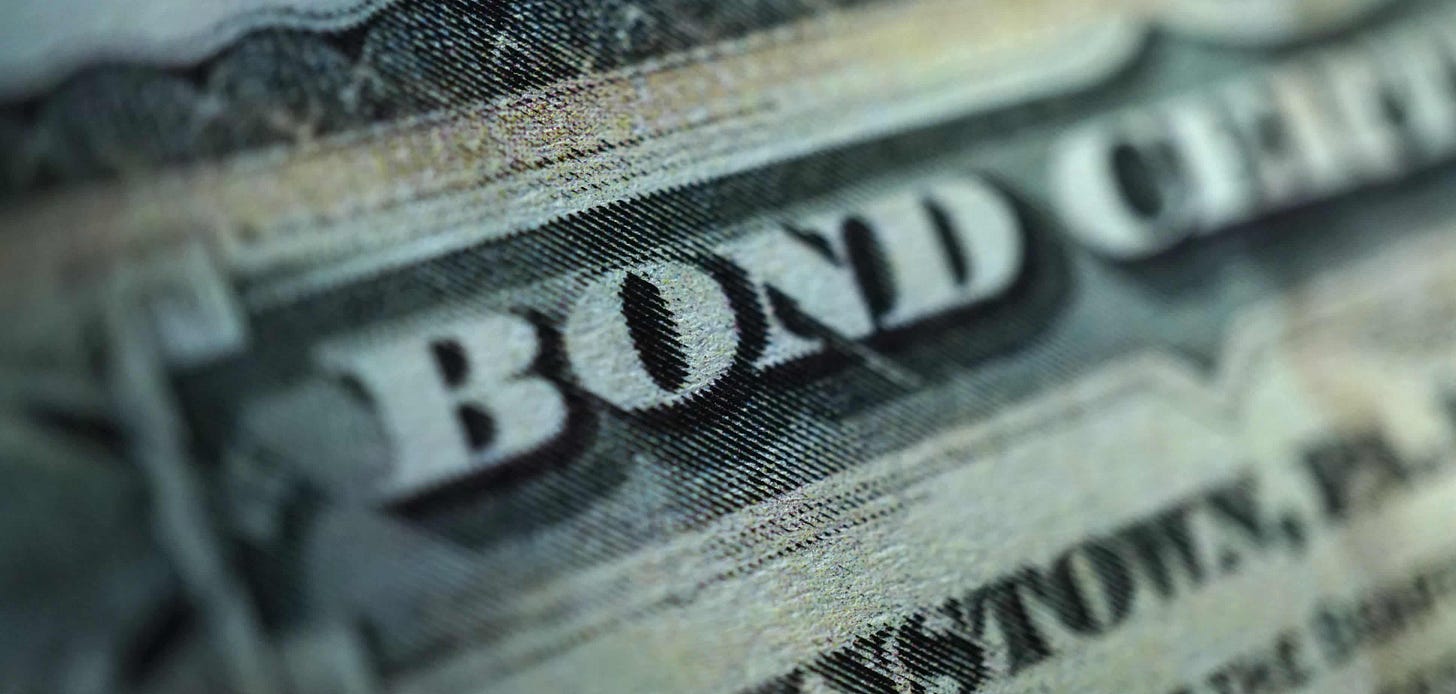You think stocks move the world? Think again. The real puppet master is hiding behind the scenes: the bond market. It doesn’t just mirror economic reality, it anticipates it, shapes it, and dictates the fate of every other asset.
Why Bonds Trump Stocks Every Time
While retail traders obsess over flashy equities, seasoned pros live and die by bond yields. Why? Because bonds are the true cost of capital, the interest rate you pay to borrow money and the return you require to part with it. That one number ripples through every corner of finance, from mortgage rates to tech IPOs.
Size Matters. The global bond market swallows the equity market whole. At last count, it clocked in at nearly $140 trillion vs. $115 trillion for stocks.
Discount Rates Rule. Every stock valuation model hinges on bond yields. Higher yields mean higher discount rates, crushing future cash‑flow valuations and sending P/E multiples tumbling.
Predictive Power. An inverted yield curve has foreshadowed almost every recession in modern history. It’s not magic, it’s math and supply‑demand in action.
Bond Basics: The Unsexy Truth
A bond is nothing more than an IOU: you lend money today, the issuer pays you interest (coupons), then returns your principal at maturity. Contrast that with stocks, where you own a slice of a company and hope the price goes up.
Par Value: The face amount you’ll get back.
Coupon Rate: Your fixed annual interest payment.
Yield to Maturity: Your total expected return if you hold to the end, accounting for price changes and coupons.
Key Insight: Bond prices and yields move in opposite directions. When demand surges, prices rise and yields fall. When worry reigns, yields spike as prices drop.
The Yield Curve: Your Macro GPS
Plot yields for 2‑, 5‑, 10‑, and 30‑year maturities, that’s your yield curve.
Normal: Longer maturities pay more, growth ahead.
Flat: Uncertainty reigns.
Inverted: Short rates exceed long rates, recession alarm bells.
When smart money piles into short‑dated debt expecting rate cuts down the line, they invert the curve. That inversion has preceded nearly every bear market and recession since the 1970s.
Inflation, Central Banks, and Bond Math
Inflation is the stealth killer of future cash flows. If prices climb 6% annually, a 5% coupon bond delivers a negative real return. Central banks respond by hiking policy rates, pushing bond yields higher and prices lower.
QE & QT: When rates hit zero, central banks buy bonds (QE) to suppress long yields. When they tighten (QT), they drain liquidity, letting yields rebound.
Transmission Mechanism: Repo operations and open market trades transmit policy moves across the entire curve. Every tweak to the Fed funds rate ripples through mortgage rates, corporate borrowing costs, and even gold prices.
Fiscal Deficits & Supply Shocks
Governments run deficits, they must issue bonds. More issuance = more supply = higher yields (if demand doesn’t keep up). That debt mountain forces investors to demand ever‑higher compensation, and that raises the floor on borrowing costs for everyone, from Main Street to Wall Street.
Global Capital Flows: The Yield Chase
The U.S. 10‑year Treasury yield is the world’s risk‑free benchmark. When it climbs, capital floods home, exiting emerging markets and crushing local stocks and bonds. Sovereign debt yields in India, Brazil, or Turkey all chase the U.S. curve after adjusting for currency risk. That’s why local central banks can’t act in a vacuum.
Stocks vs. Bonds: A Love‑Hate Relationship
Risk‑Off (Flight to Safety): Stocks sell off, bonds rally (yields fall).
Inflation Scare: Both tumble, bonds sell on higher inflation expectations; stocks sell on rising discount rates.
Growth Optimism: Stocks rally, yields rise, strong growth lifts both earnings forecasts and interest‑rate expectations.
Know the regime, and you know whether bonds will hedge your equities or amplify their swings.
The Takeaway
Most investors treat bonds as an afterthought. That’s a fatal mistake. Bonds are the operating system beneath every asset class. Ignore them, and you’re driving blind. Study them, and you unlock the single most powerful predictor of economic turns, asset‑class rotations, and market upheavals.
Once you grasp that time has a price, and that price moves markets, you’ll see why bonds quietly rule everything. And you’ll stop being surprised when the next curve inversion sends shockwaves through stocks, real estate, and yes, even crypto.


